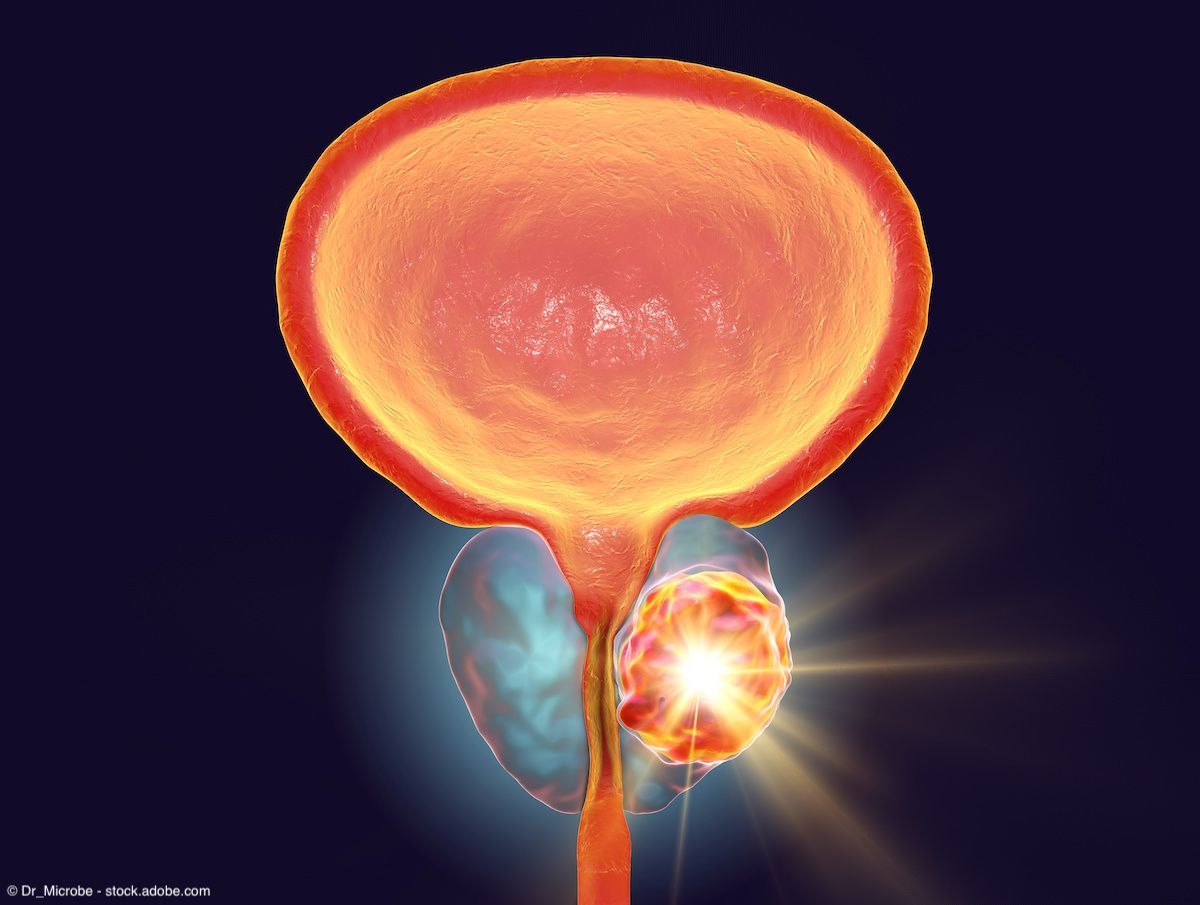Opinion
Video
Gopa Iyer, MD, on durable efficacy of EV/pembrolizumab in urothelial carcinoma
Author(s):
"The median progression-free survival and median overall survival continue to be almost double what we see with chemotherapy," says Gopa Iyer, MD.
In this video, Gopa Iyer, MD, shares findings from an updated analysis of the EV-302 trial (NCT04223856), which explored the efficacy of first-line enfortumab vedotin (Padcev) plus pembrolizumab (Keytruda) vs chemotherapy in patients with locally advanced or metastatic urothelial carcinoma. The results were presented at the 2025 American Society of Clinical Oncology Genitourinary Cancers Symposium in San Francisco, California.
Iyer is a genitourinary medical oncologist, an early drug development specialist, and the section head of bladder cancer at Memorial Sloan Kettering Cancer Center in New York, New York.
Video Transcript:
This is a very exciting study. EV-302 was presented by Professor Tom Powles yesterday, and it was also published last year in the New England Journal of Medicine. The combination of enfortumab vedotin, which is an antibody drug conjugate targeting nectin-4, plus pembrolizumab has been found to be the new standard of care for the management of patients in the first-line metastatic setting. EV-302 compared the doublet of EV and pembrolizumab to platinum and gemcitabine chemotherapy, which used to be the standard of care in that first-line setting, in patients with treatment-naïve metastatic urothelial cancer.
What they found was that there was a significant improvement in both progression-free and overall survival with enfortumab and pembrolizumab compared to platinum chemotherapy. The median PFS at that time was approximately 12.5 months, and the median OS was around 31 months, compared to about 6.3 months and 16 months with chemotherapy, respectively. Based on those data, this became the new standard of care. The objective response rate to EV+P was 67% including 29% of patients who had complete responses to therapy as well. These numbers far exceed what we see with typical chemotherapy regimens. The abstract that was presented yesterday was showing follow-up data. At a median follow up of approximately 29 months, we can see that that benefit in survival is sustained for patients, which was very exciting to see.
So again, the median progression-free survival and median overall survival continue to be almost double what we see with chemotherapy. Also, patients seem to benefit from enfortumab vedotin and pembrolizumab across multiple clinical subgroups, including cisplatin eligibility vs cisplatin ineligibility as well, which was very important to see. There were no new safety signals either with the combination now that we've had about 29 months of follow-up compared to the primary analysis. The most common side effects that we continue to be seeing with the EV+P combination are peripheral neuropathy and skin-related toxicities. Certainly the latter are manageable, and we're learning better how to manage that toxicity.
This transcript was AI generated and edited by human editors for clarity.

















